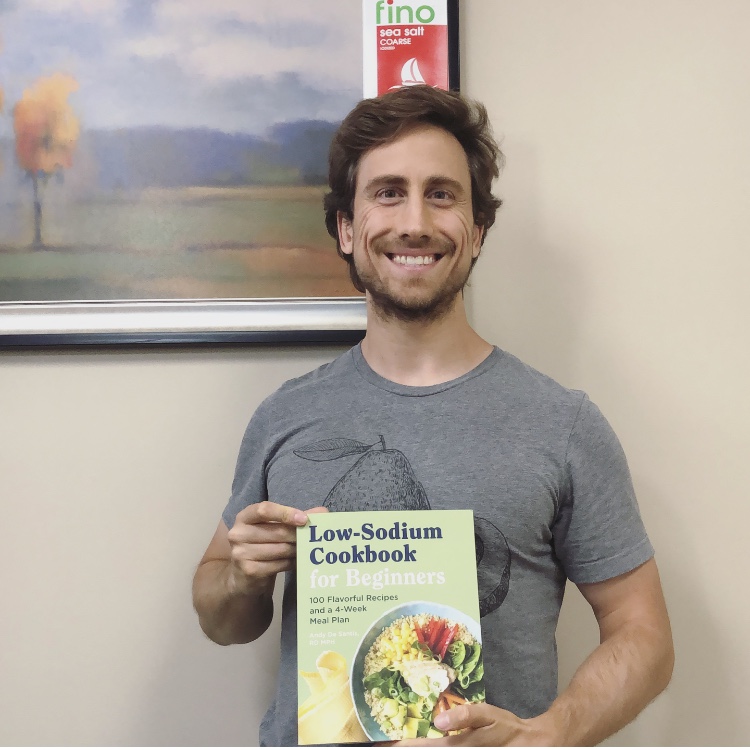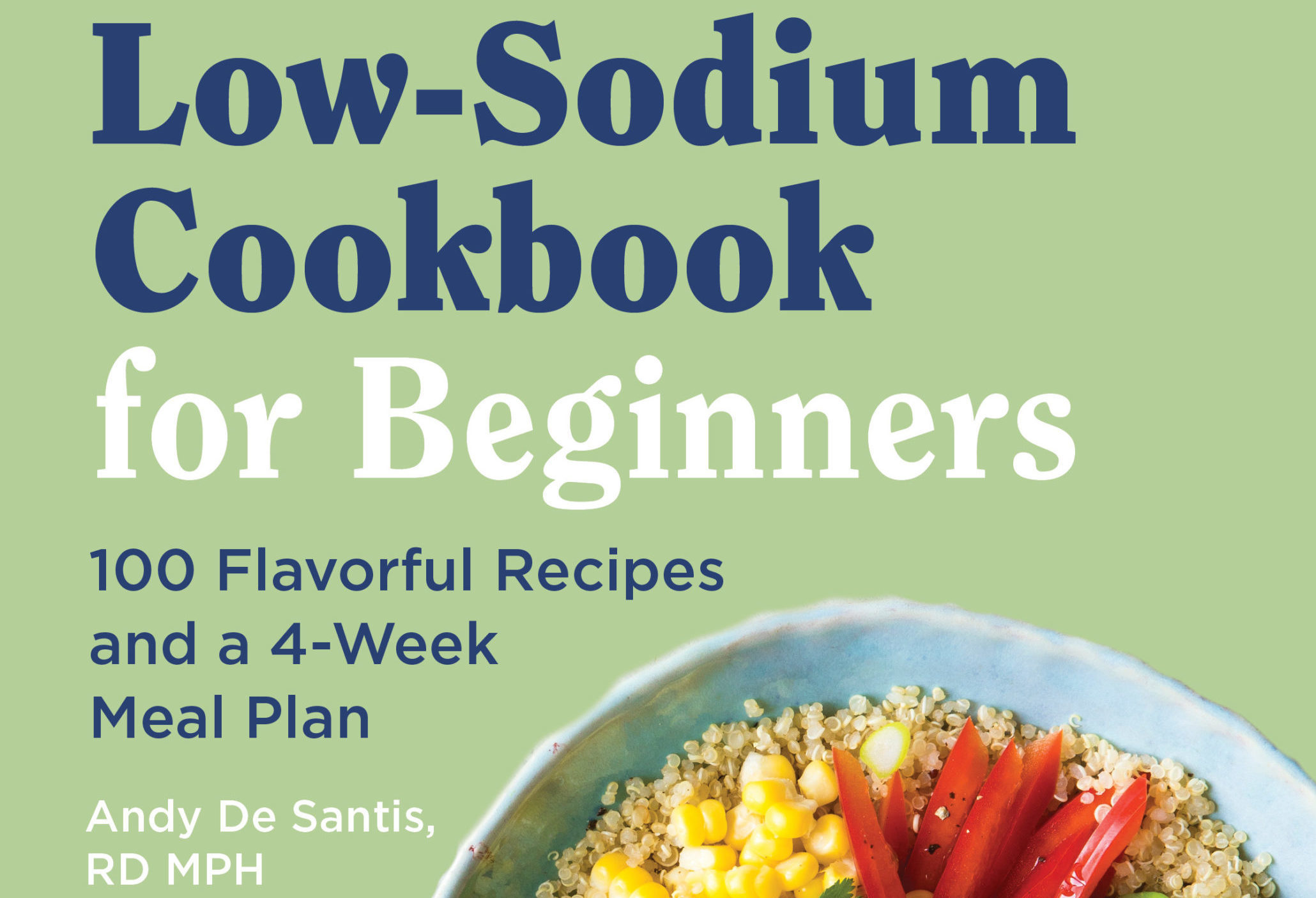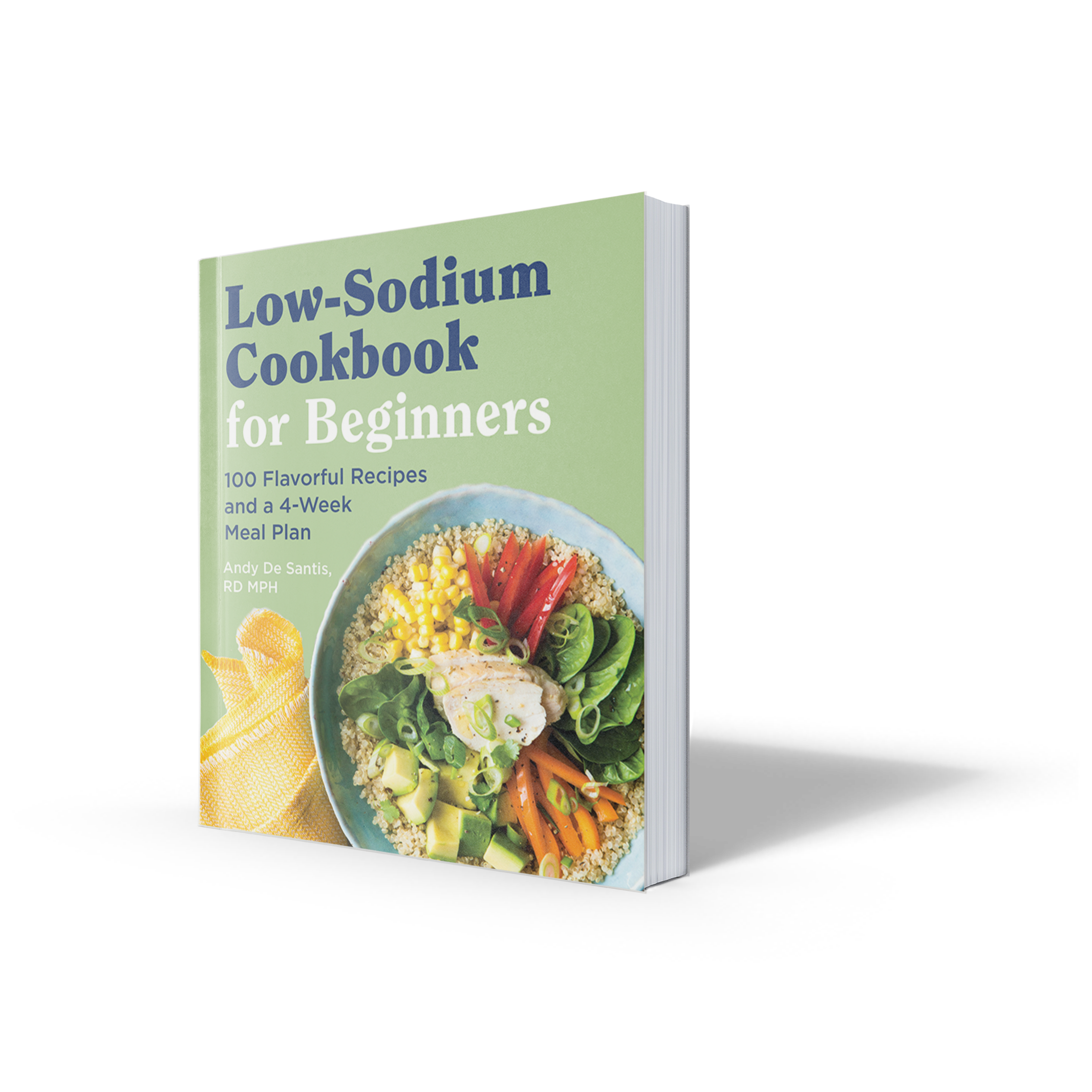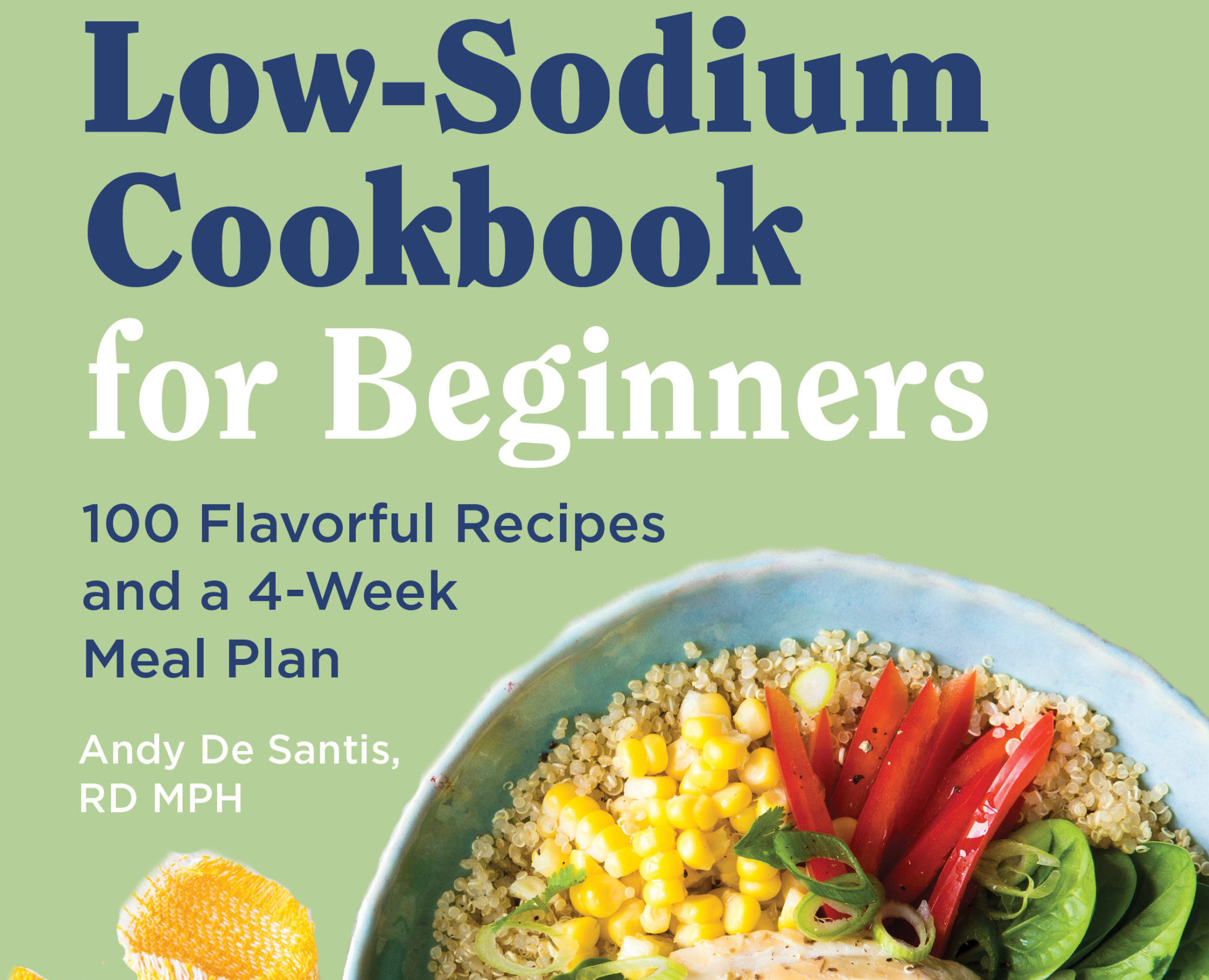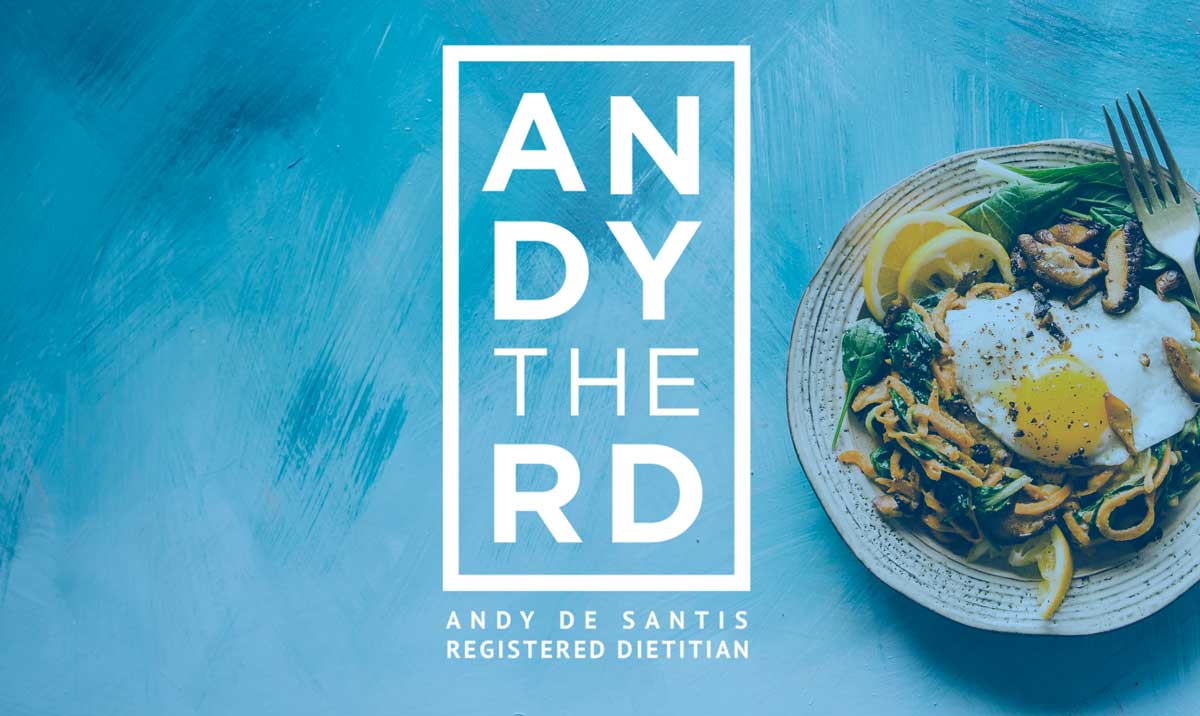Allow me to start by saying that if you’ve purchased every single one of my books to date, and we aren’t related, please send me an e-mail because you deserve some form of recognition, prize or medal.
Fresh off the June 30th release of my Acid Reflux Cookbook, I’m back once again to play my part in tackling yet another global public health concern:
Too much sodium.
Feel as though this is a problem in your life and you don’t know what to do about it?
My Low Sodium Cookbook For Beginners is the answer.
Now I have to admit that the sodium intake data trends in Canada are very interesting.
The Tolerable Upper Intake ( the highest level of intake where there is little risk of negative consequences) for sodium is 2300 mg, although most major public health organizations would probably prefer if you ate closer to 1500mg per day.
The only problem?
Pretty much everyone eats more than that.
In 2004, Canadians were estimated to be consuming ~3400 mg per day but strong public health action and better recording methodology means that the last time a meaningful national measurement was taken in 2017, the average intake of sodium intake in Canada was closer to 2750 mg.
While this is an improvement worthy of commendation, the numbers are still about 25% higher than the recommended upper intake level and almost twice as high as the preferred intake level.
The issue does also appear to be more severe in the United States, with the CDC reporting that the average sodium intake of Americans remains in and around that ~3400 mg level.
Given that knowledge, it is perhaps unsurprising that 3 of the top 10 most frequently prescribed medications in the US are for high blood pressure (antihypertensive).
Sodium Intake in Males Vs Females
Ready for a plot twist?
The latest Canadian data suggests that there are significant differences in sodium intake between males and females.
For Canadian adults aged 19-70, men consume about 50% more sodium then women do.
The average Canadian man in this age group is consuming over 3,000 mg of sodium per day, whereas the average Canadian female is only consuming around 2,250.
So Why Are Men So Salty?
That’s a great question, but I honestly have no idea!
It could perhaps be that men, on average, consume more calories and thus are potentially exposed to more sodium through larger food intake.
It could also be that men may be more likely to consume the foods that contribute the most sodium to our diets.
These include:
1. Bakery products ranging from bread to granola bars to crackers
2. Mixed dishes like frozen meals and sides ( like potato wedges), pizza and pre-prepared salads
3. Processed & other meats like sausages, deli meats, burgers
4. Accessory items such as cheese, groups, sauces and condiments
These four food groups are responsible for the vast majority of sodium intake here in Canada and seem to me to be the types of foods that might be consumed more often by those who have less time or skill to cook.
Sound familiar?
That’s EXACTLY where my book comes in, it will teach you how to make equally delicious but lower sodium versions of all of your favourite high sodium foods.
Why You Need My Low-Sodium Cookbook For Beginners
Weren’t you listening?
You probably eat too much sodium ( especially if you’re a guy!).
To quote a 2013 British Medical Journal paper:
“The totality of evidence suggests that most people will likely benefit from reducing sodium intake”
Most commonly associated with high blood pressure and bloating, long-term excessive sodium intake may also adversely affect the health of your heart, stomach, kidneys and bones.
There is, for example, mounting evidence linking very high sodium intake and gastric cancer risk.
Nothing that you particularly want to be dealing with, but the only problem is you need that easy to use resource that is going to teach you how to prepare quick and easy meals that are so delicious that you don’t think twice about going back to that higher sodium ready-to-eat stuff.
And that’s precisely where my Low-Sodium Cookbook For Beginners will help you with.
The goal of the book is not only give you the tools you need to eat in more ( 100 recipes & a 4-week menu!) but also teach you to navigate the world of sodium when eating out, at the grocery store and in the kitchen.
The four week menu was specifically designed to be manageable to prepare and include gradually less total sodium week to week, while also incorporating a number of culinary strategies to make sure you aren’t missing the extra salt.
Sound like something you need?
And There’s More Where This Came From!
As always you guys can expect plenty of pre-release content ranging from recipe previews to blog posts exploring some of the most relevant nutritional topics in the realm of sodium.
Feel free to make a request!
You have a lot to learn about sodium, and I’m thrilled to be able to take you on that educational journey.
Let the fun and games begin!
Until next time,
Andy De Santis RD MPH
